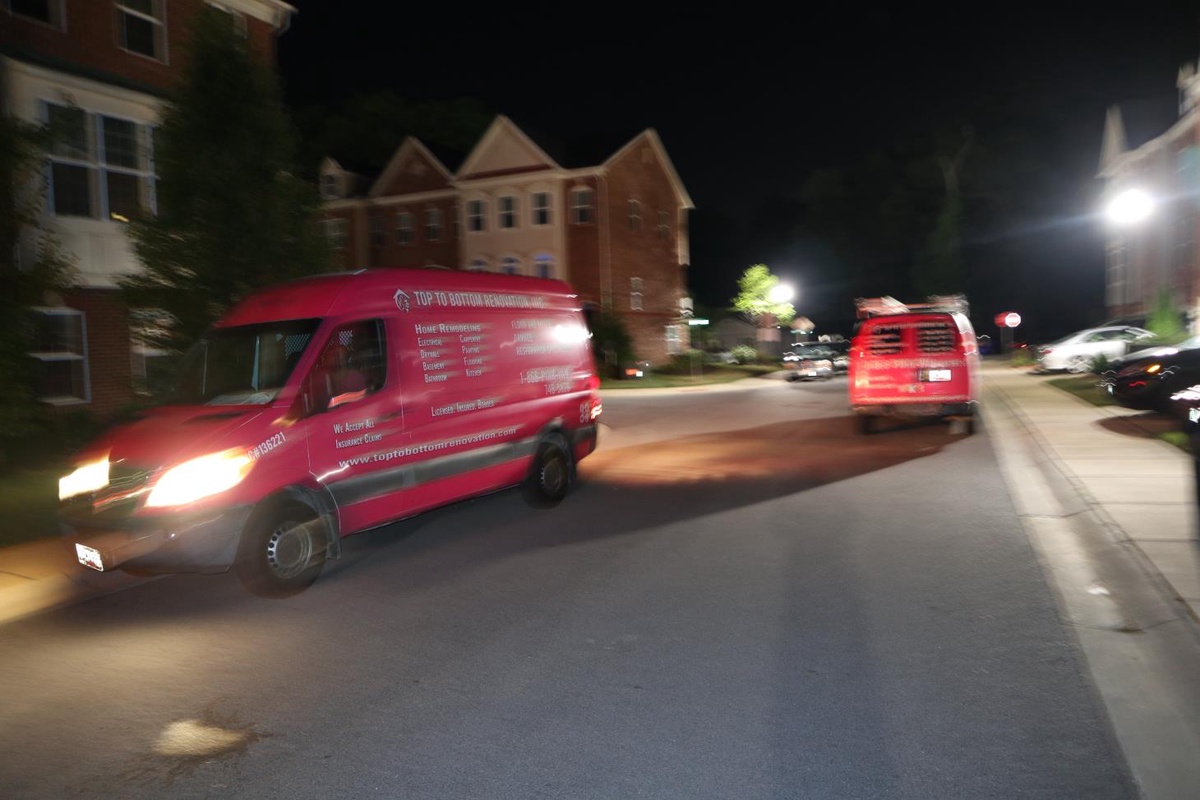Is a homeowner's nightmare that can strike at any time, wreaking havoc on property and belongings. Whether it's a burst pipe, a leaking roof, or a flooding incident, the consequences can be devastating. Fortunately, the process of water damage restoration exists to salvage what can be saved and bring affected spaces back to life. In this blog, we'll delve into the world of water damage restoration, exploring the steps involved, the importance of swift action, and how professionals can make a difference in the aftermath of a water-related disaster.
Understanding Water Damage:
Before diving into restoration, it's crucial to understand the different types of water damage. Water damage is categorized into three classes, each requiring specific approaches to restoration:
- Clean Water (Class 1): This type of water damage involves clean and relatively safe water from sources like broken pipes or overflowing sinks. The restoration process is generally simpler for clean water incidents.
- Grey Water (Class 2): Grey water contains contaminants that may cause illness if ingested. This includes water from appliances like washing machines or dishwashers. Restoration for grey water incidents involves additional precautions.
- Black Water (Class 3): The most severe type of water damage, black water contains harmful bacteria and other contaminants. This water often comes from sewage backups or natural disasters. Restoration for black water incidents requires specialized equipment and expertise.
The Importance of Swift Action:
Time is of the essence when it comes to water damage restoration. The longer water sits, the more extensive the damage becomes. Mold growth can begin within 24 to 48 hours, adding another layer of complexity to the restoration process. Swift action not only minimizes damage but also reduces the risk of secondary issues like mold and structural damage.
The Water Damage Restoration Process:
- Assessment and Inspection: Professionals start by assessing the extent of the damage and identifying the water source. This step is crucial for developing an effective restoration plan.
- Water Removal: Using pumps and vacuums, water removal is initiated to extract standing water from the affected area. This step is essential for preventing further damage and accelerating the drying process.
- Drying and Dehumidification: After water removal, the affected space is thoroughly dried using industrial-grade dehumidifiers and high-speed air movers. This step aims to eliminate moisture and prevent mold growth.
- Cleaning and Sanitizing: The restoration team cleans and sanitizes the area, addressing any contaminants present in the water. This step is crucial, especially for grey and black water incidents.
- Restoration and Repairs: The final step involves restoring the property to its pre-damage condition. This may include repairing structural damage, replacing damaged materials, and ensuring the overall safety and functionality of the space.
Hiring Professionals:
While some homeowners may attempt to address water damage on their own, hiring professionals is highly recommended. Certified water damage restoration experts have the knowledge, experience, and specialized equipment to handle the complexities of the restoration process. Additionally, professionals can mitigate risks associated with mold growth and ensure a thorough and efficient restoration.
Conclusion:
Water damage restoration is a critical process that requires prompt action and expertise. By understanding the different types of water damage, recognizing the importance of swift response, and enlisting the help of certified professionals, homeowners can navigate the challenges of water damage restoration and restore their spaces to their former glory. Remember, when it comes to water damage, time is of the essence, and a well-executed restoration plan can make all the difference in salvaging what matters most.


No comments yet